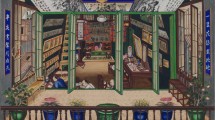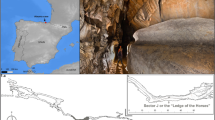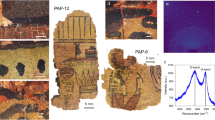Abstract
WHILE scientific investigations into the technique of the methods of production of the mural paintings in the Palace of Minos at Knossos, in Pompeii, etc., have been conducted by Noel Heaton1, Eibner2, Berger3, Raehlmann4 and others, very little has been done in this direction in the East. With the exception of the work on the Ajanta frescoes5, of which, however, details of investigations are not available, nothing has been done to reconstruct the exact methods of production of ancient paintings in India, and compare them not only with the methods suggested in Indian texts on painting, but also with those adopted in the West in ancient times.
This is a preview of subscription content, access via your institution
Access options
Subscribe to this journal
Receive 51 print issues and online access
$199.00 per year
only $3.90 per issue
Buy this article
- Purchase on Springer Link
- Instant access to full article PDF
Prices may be subject to local taxes which are calculated during checkout
Similar content being viewed by others
References
Tiryns II, Die Ergebnisse der Ausgrabungen des Inst., Kaiserlich Deutsch. Arch. Inst. in Athen 1912, pp. 211–217. ” Minoan Lime Plaster and Fresco Painting”, R.I.B.A. Journal, 18, 697 (1911).
” Entwicklung und Werkstoffe der Wandmalerei vom Altertum bis zur Neuzeit”.
” Die Maltechnik des Altertums”.
” Über die Maltechnik der Alten”.
Arch. Survey of India, Ann. Reports, 17, Part 1, 6–7 (1916).
Author information
Authors and Affiliations
Rights and permissions
About this article
Cite this article
PARAMASIVAN, S. Technique of the Painting Process in the Brihadesvara Temple at Tanjore. Nature 137, 867–868 (1936). https://doi.org/10.1038/137867b0
Issue Date:
DOI: https://doi.org/10.1038/137867b0
Comments
By submitting a comment you agree to abide by our Terms and Community Guidelines. If you find something abusive or that does not comply with our terms or guidelines please flag it as inappropriate.



